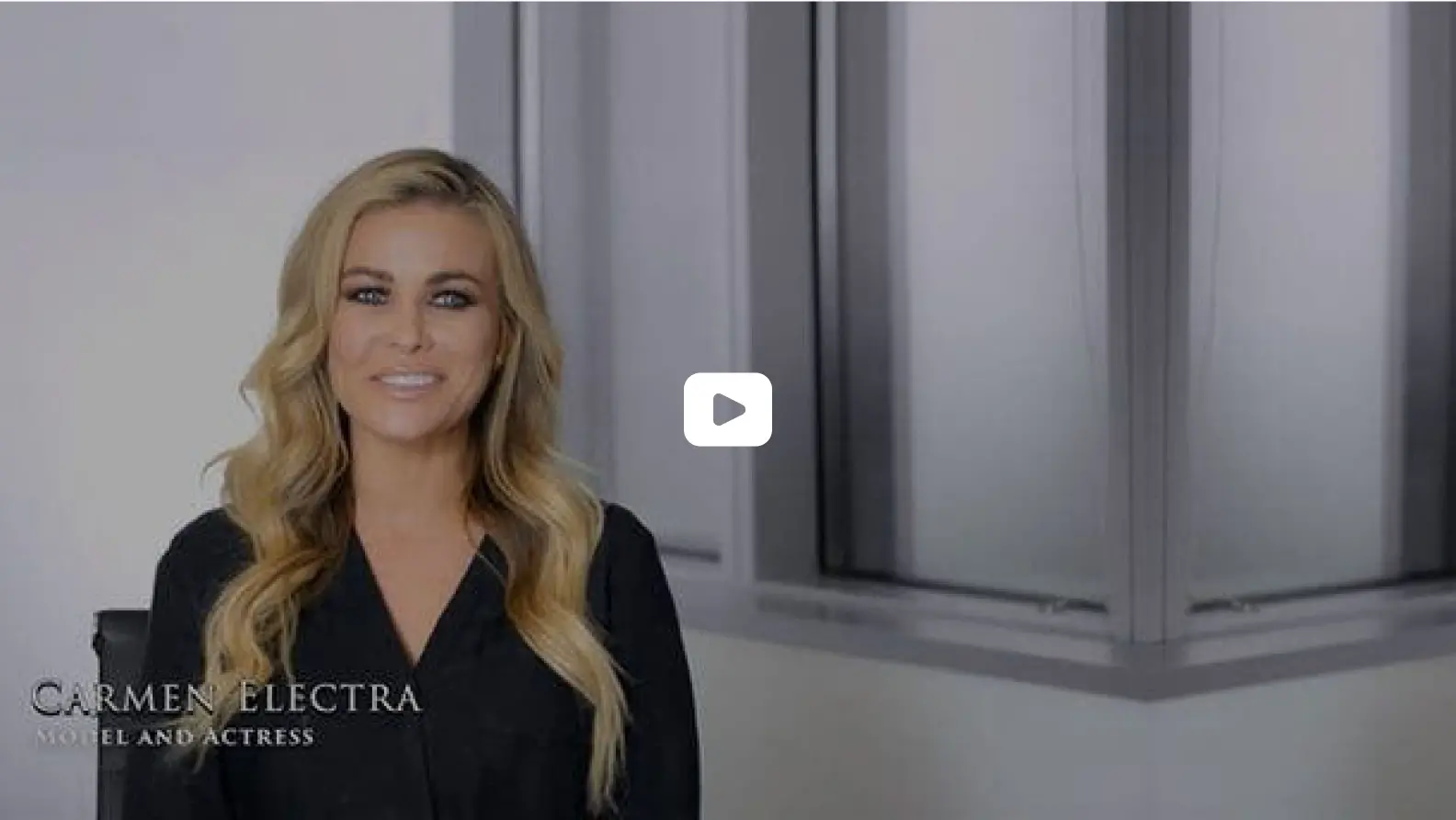
Uber vs Lyft
What Sets Uber and Lyft Apart From Each Other?
Uber and Lyft are the two most popular rideshare apps around, and while they are very similar to one another, they are not exactly identical. What differentiates these two competitors in an ever-growing market for rideshare services?
In the sections below, our knowledgeable team of Uber and Lyft accident attorneys from West Coast Trial Lawyers break down the differences between Uber and Lyft and what to expect from each rideshare service provider.
For any personal injury related questions you may have in regards to Uber or Lyft, you may contact our 24/7 legal team by calling 213-927-3700 or filling out our quick contact form.
Driver and Vehicle Requirements
The standard requirements for Uber and Lyft drivers are the same, though vehicle requirements may vary depending on the services that the driver seeks to offer.
|
Uber Driver Requirements |
Lyft Driver Requirements |
|
21+ years or older |
25+ years or older |
|
1 year minimum driving experience. 3 year minimum driving experience if the driver is under the age of 23. |
1 year minimum driving experience. |
|
Valid California driver’s license. |
Valid California driver’s license. |
|
Pass driver’s screening (social security number required). |
Pass driver’s screening (social security number required). |
|
Have a smartphone that can download and run the Uber app. |
Have a smartphone that can download and run the Lyft app. |
|
California Vehicle Insurance |
California Vehicle Insurance |
|
Driver must have a profile photo. |
Driver must have a profile photo. |
|
Proof of vehicle inspection. |
Proof of vehicle inspection. |
|
Must be a 4-door vehicle that is no older than 15 years and is in good condition with no cosmetic damage. The vehicle must have no commercial branding. Must also have California license plates. |
Must be a 4-door vehicle with 5 to 8 seats and is not older than a 2008 vehicle model. Must also have California license plates. |
Types of Services
Uber and Lyft offer a variety of services, which may appear similar to one another. They both offer basic services, carpool services, and luxury services. Each rideshare company has developed bike and scooter rental services, as well. What differentiates Uber from Lyft though, is the food delivery service, Uber Eats, that Lyft has yet to launch its own version.
Below, we have created a table that lists each service both rideshare companies offer to get an idea of what similarities and differences they have with one another.
|
Uber |
Lyft |
|
Uber Pool – Up to 3 passengers carpool to their destination. |
Lyft Shared – Share a ride with a passenger from another ride request. |
|
UberX – An affordable ride with a regular vehicle that carries up to 4 passengers. |
Lyft – A regular vehicle that carries up to 4 passengers. |
|
Uber XL – Affordable rides in an SUV that is up to 6 passengers. |
LyftXL – A regular vehicle with up to 6 passenger seats available. |
|
Uber Comfort – New vehicles with extra leg room. |
Lyft Premier – A high-end vehicle with up to 4 passengers. |
|
Uber Green – A low-emission ride in electric vehicles. |
Lyft Lux – A luxury service that has vehicles with a black exterior. This type of vehicle seats 4 passengers. |
|
Uber Black – Premium rides from professional drivers in luxury cars that carry up to 4 passengers. |
Lyft Black – A luxury service in high-end black cars that seats 4 passengers. |
|
Uber Black SUV – Premium rides from professional drivers in luxury SUVs that carry up to 6 passengers. |
Lyft BlackXL – A luxury service in black SUVs for up to 6 passengers. |
|
Uber Flash – You will be matched with a nearby Uber Taxi or UberX. |
Lyft Bikes – Rent a bike through the Lyft app. |
|
Uber Lux – Luxury cars with highly-rated drivers. |
Lyft Scooters – Rent a scooter through the Lyft app. |
|
UberTaxi – Hail a taxi. |
Priority Mode – You’ll be given a shorter wait time when you need to get to your destination as soon as possible. |
|
UberWAV – Wheelchair and scooter accessible with trained drivers. |
Wait and Save – You’ll save more money by requesting a Lyft when you are not in a hurry. |
|
Uber Eats – A food delivery service. |
Preferred Mode – You’ll get to decide what type of vehicle, driver, and driving environment you would like to have while you are on your way to your selected destination. |
|
JUMP bikes and scooters – A bike and scooter rental. |
Rentals – You have the ability to drive yourself by reserving a rental car in the Lyft app or online. You will be given unlimited miles. |
Safety Features
While both rideshare companies mirror many of the same features that improve the safety quality for both the driver and rider’s experience, such as the driver and rider profiles, emergency 911 buttons, and a 24/7 support team, each rideshare company offers one unique feature that the other does not. For example, Uber offers unique features for additional driver support, which includes a speed limit warning and dark screen mode at nighttime, while Lyft does not. Additional compare and contrast information is listed below.
|
Uber |
Lyft |
|
Uber Driver Profile – Photo, rating, and Uber driving history information. |
Lyft Driver Profile – Photo, rating, and Uber driving history information. |
|
Uber Rider Profile – Photo, rating, and Uber driving history information. |
Lyft Rider Profile – Photo, rating, and Uber driving history information. |
|
Uber Passenger “Follow My Ride” feature. |
Lyft Rider – “Share location and car details with friends” feature. |
|
Safety Toolkit – Includes an emergency button and safety center. |
Lyft – Emergency assistance and call 911 button. |
|
Trusted Contacts – Share your ride information with trusted contacts. |
Safety at Lyft – Links to safety features. |
|
24/7 Customer Support |
24/7 Support Team |
|
Phone Number Protection |
Phone Number Protection |
|
Speed Limit Alerts for Drivers |
Rating Action – If a driver or a rider is rated 3 stars or less after the trip, they are unmatched forever. |
|
Door to Door Safety Standard – Uber requires drivers and riders to wear a mask to reduce the likelihood of contracting COVID-19 during a trip. |
Face Mask Requirement – Lyft requires drivers and riders to wear a mask to reduce the likelihood of contracting COVID-19 during a trip. |
|
Health and Safety Supplies – Uber is working to provide its drivers with essential cleaning supplies, such as face masks, disinfectants, and gloves. |
Social Distancing – Riders must sit in the back seat. |
|
Rider Safety Feedback – Riders will be given the opportunity to provide feedback on health issues, such as a rideshare driver not wearing a face cover or mask. Uber will review these feedbacks to make improvements on their services and hold those accountable for going against their safety guidelines. |
Air Care Guide – Lyft has established a guideline to have as much of a COVID free ride experience as possible. The rideshare company has recommended drivers to open 4 windows when the weather is good, 2 windows during poor weather conditions, and to turn on the fan to the highest setting if you are unable to open any of your vehicle’s windows. |
Insurance Coverage
The insurance policies for Uber and Lyft mirror one another. Both rideshare companies require their drivers to have their own personal auto insurance. However, they do have their own insurance policy that will take into effect depending on what the rideshare driver was doing during the time of the accident.
Essentially, when a rideshare driver is offline, they will have their own personal auto insurance to use to cover for an accident. When the driver is online, the company will offer coverage to the driver depending on the circumstances of the accident.
Below is a list of insurance policies that Uber and Lyft offer to their drivers.
|
Uber |
Lyft |
|
Period 0: The driver is offline. Their personal car insurance will cover the accident. Period 1: The driver is online and is waiting for a ride request. Uber insurance will cover for the accident if your personal auto insurance does not apply. Coverage includes:
Period 2: The driver is on the way to pick up or drop off a rider. Uber insurance will cover damages.
|
App is off. The rideshare driver’s personal car insurance covers the accident. App is on and the driver is waiting for a ride request. Lyft insurance adds coverage if your personal auto insurance doesn’t cover for the damages.
App is on. The driver is on their way to pick up the passenger or is taking the passenger to their selected destination. Lyft insurance coverage includes:
|
What Else Differentiates Uber and Lyft?
Uber and Lyft have many similarities and differences when it comes to the types of services they offer to the public. However, to further differentiate themselves from one another, they have developed their own image that attracts different groups of users.
Another difference to note, is the additional service provided by Uber, called UberEats. Although there is a difference between Uber and Uber eats, they are both the same company.
|
Uber |
Lyft |
|
Widely available. |
Found in and around major cities. |
|
Dark and simple app design. |
Bright and colorful app design. |
|
Corporate and professional environment. |
Casual and friendly atmosphere. |
|
Has a global presence. |
More focused on North America. |
West Coast Trial Lawyers Is Here to Help
If you were involved in an Uber or Lyft accident, our skilled California personal injury attorneys at West Coast Trial Lawyers will help you get the compensation you deserve for your losses. We are committed to resolving your legal issues as quickly as possible while receiving the best results. Our clients are represented on a contingency fee basis. If we do not win, you owe us nothing. There is no financial risk to prevent you from reaching out.
Contact us today by calling 213-927-3700 or filling out our contact form to schedule a free, no-obligation consultation with our knowledgeable, caring, and compassionate legal team.
Areas We Help with Rideshare Injuries in California
- Bakersfield
- Beverly Hills
- Frenso
- Glendale
- Irvine
- Long Beach
- Los Angeles
- Newport Beach
- Pasadena
- Riverside
- San Bernardino
- San Francisco
- Solana Beach
- Woodland Hills
Related Articles



